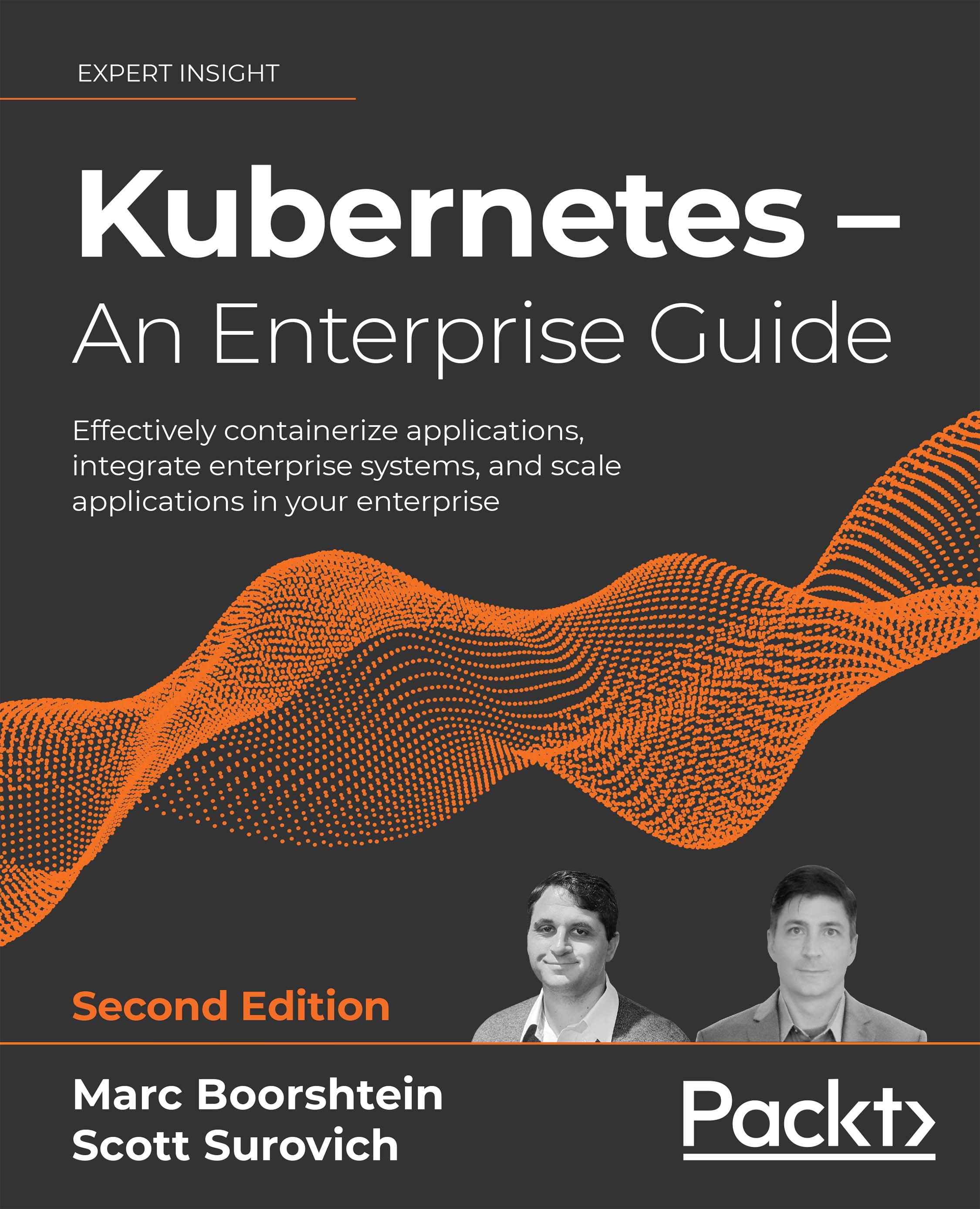Summary
This chapter's focus was on RBAC policy creation and debugging. We explored how Kubernetes defines authorization policies and how it applies those policies to enterprise users. We also looked at how these policies can be used to enable multi-tenancy in your cluster. Finally, we enabled the audit log in our KinD cluster and learned how to use the audit2rbac tool to debug RBAC issues.
Using Kubernetes' built-in RBAC policy management objects lets you enable access that's needed for operational and development tasks in your clusters. Knowing how to design policies can help limit the impact of issues, providing the confidence to let users do more on their own.
In the next chapter, Chapter 7, Deploying a Secured Kubernetes Dashboard, we'll be learning about how to secure the Kubernetes dashboard, as well as how to approach security for other infrastructure applications that make up your cluster. You'll learn how to apply what we've learned...
































































